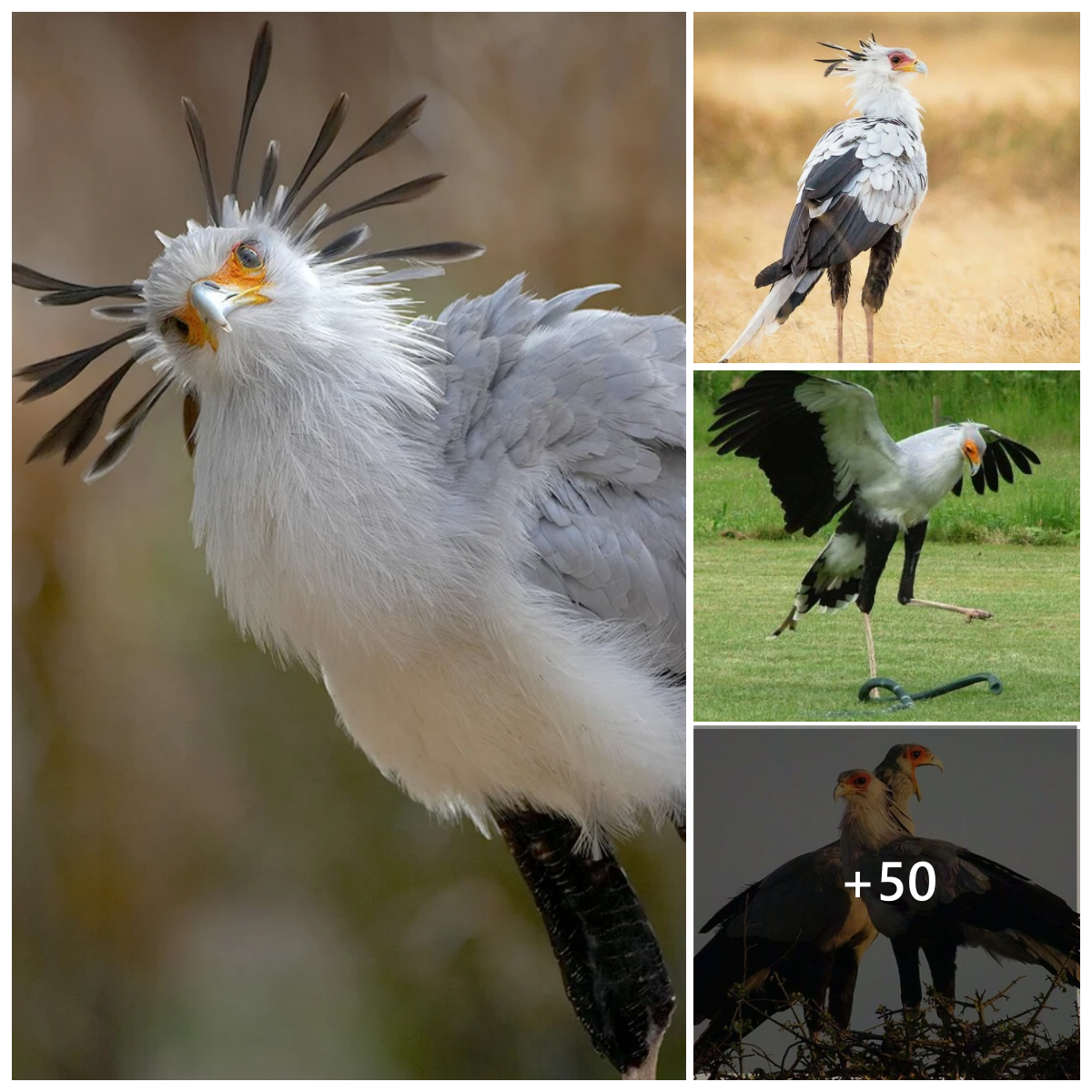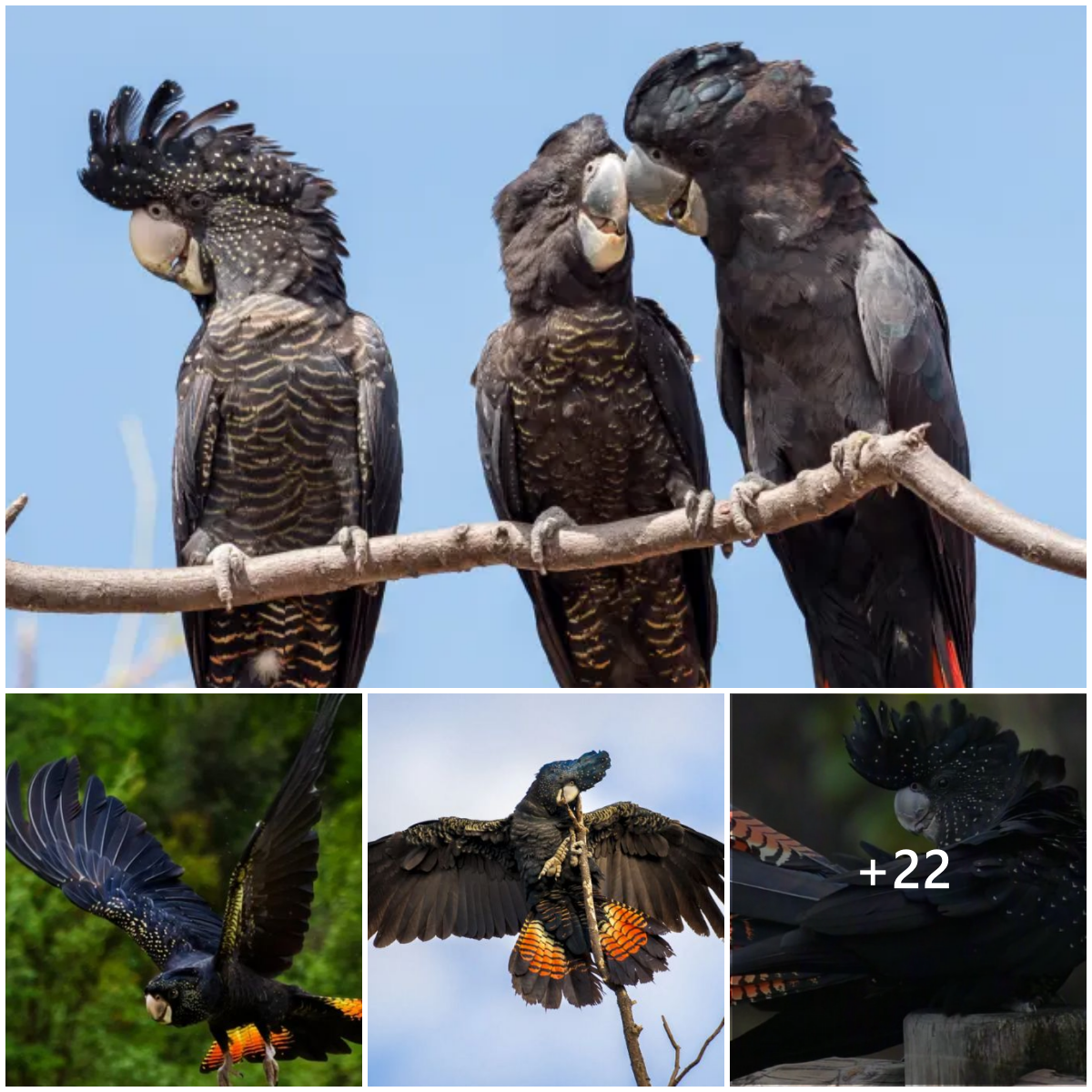The Agami Heron is a medium-sized heron, measuring around 70 centimeters in length and weighing up to 1.3 kilograms. They have a distinctive appearance, with a dark blue head, neck, and upper chest, and a light brown belly and wings. Their eyes are bright yellow, and their long, slender bill is black with a yellow base.

One of the most interesting things about the Agami Heron is its behavior. Unlike many other heron species, which are solitary hunters, the Agami Heron is often seen foraging in groups. These birds have a unique hunting technique, in which they form a circle around their prey and then move inward to capture it. This cooperative behavior is thought to be a way to increase their chances of success when hunting in areas with limited food resources.
Another interesting aspect of the Agami Heron’s behavior is its breeding habits. These birds build their nests in trees near water, and both males and females take part in nest-building and incubating the eggs. The chicks are born with white downy feathers and are fed by both parents until they are ready to fledge.
The Agami Heron can be found in a variety of habitats in Costa Rica, including wetlands, rivers, and swamps. They are most commonly seen in the lowland rainforests of the country’s Caribbean coast, although they can also be found in other areas.

Unfortunately, like many other bird species in Costa Rica, the Agami Heron is threatened by habitat loss and degradation due to deforestation, human development, and climate change. However, conservation efforts are underway to protect the habitats where these birds live, and to raise awareness about the importance of preserving the incredible biodiversity of Costa Rica.
If you’re a birdwatcher or nature lover visiting Costa Rica, the Agami Heron is definitely a species worth keeping an eye out for. With its unique appearance and interesting behavior, this fascinating bird is sure to capture your attention and leave a lasting impression. And by supporting conservation efforts, you can help ensure that future generations will have the opportunity to admire and appreciate the beauty of the Agami Heron and other incredible species in Costa Rica’s natural wonders.





